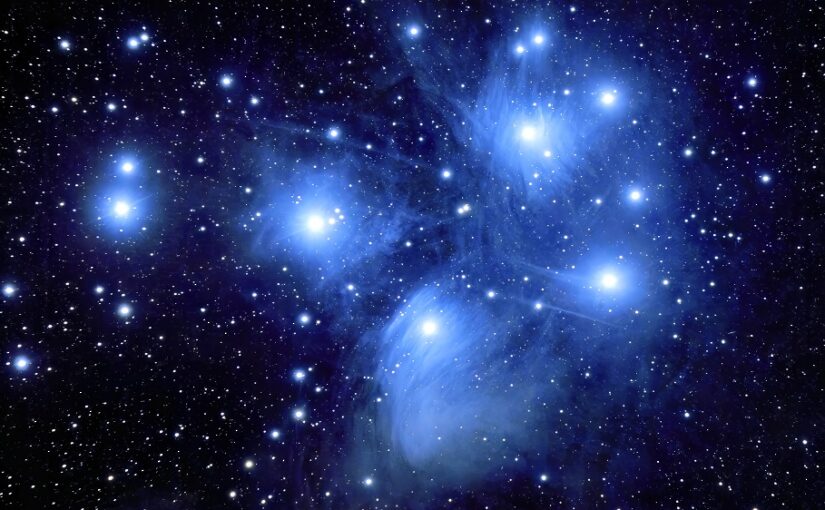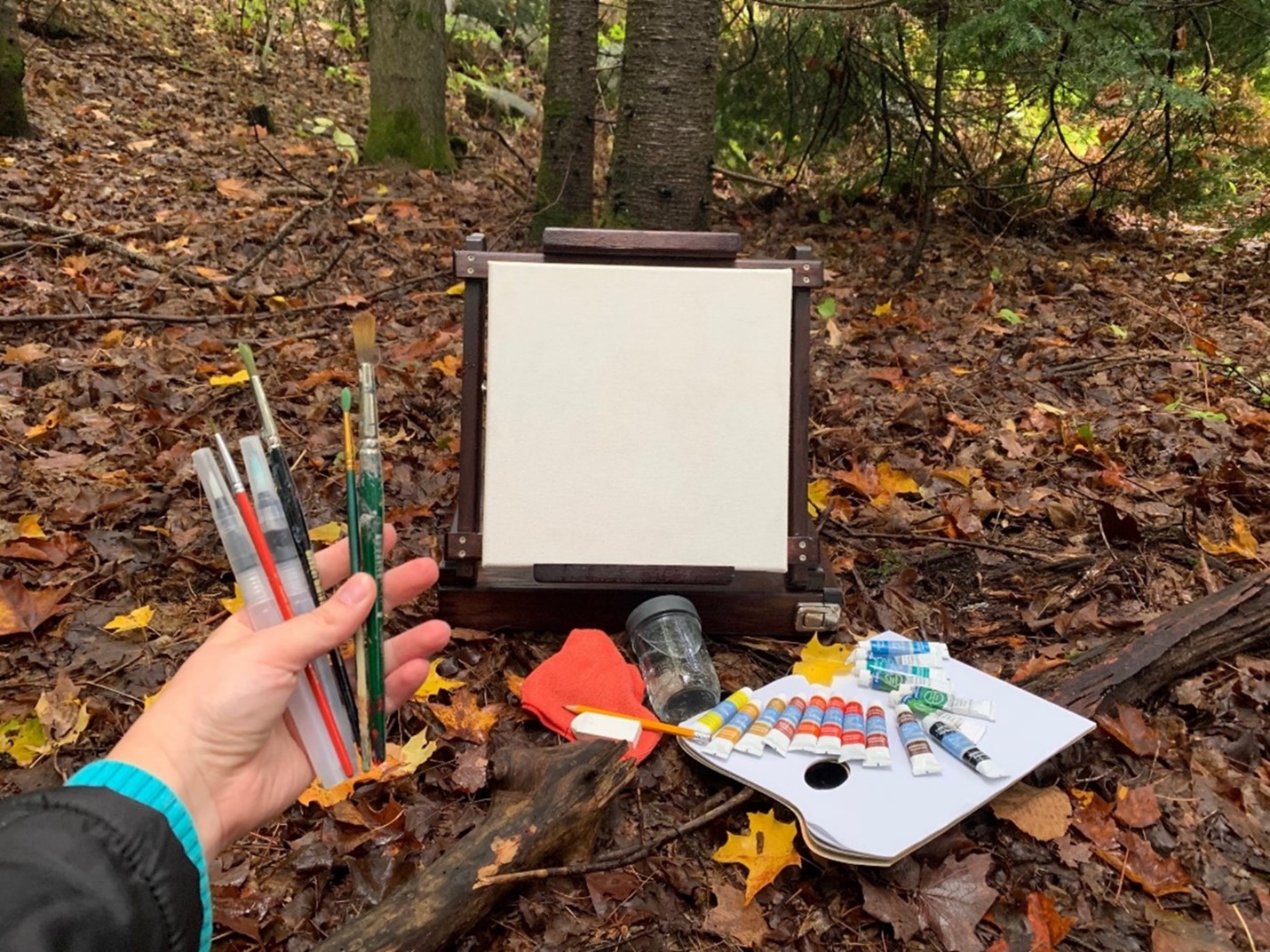“The heavens wheel around you, displaying to you their eternal glory and still your eye is upon the ground.” – Dante Alighieri, The Divine Comedy
Many of us live in areas afflicted by light pollution, which prevents us from gazing at the heavens whirling around us.
However, most of our northern and many other parks afford visitors a spectacular view of the cosmos, rich in stars and the Milky Way.
Three provincial parks — Killarney Provincial Park, Lake Superior Provincial Park, and Quetico Provincial Park — have been recognized as Dark Sky Preserves for maintaining nearly pristine views of the night sky.
Even our more urban parks often provide some darker skies for those interested in stargazing.
Discovering a rainbow of cosmic splendors
Amongst the stars lie many galaxies, clusters, nebulae and solar system objects.
The views captured by the Hubble Space Telescope, the James Webb Space Telescope, and other similar telescopes as well as myriad space probes and landers, offer unimaginable landscapes rivaling the best that science fiction authors and artists dreamed up a few decades ago and have become best-selling coffee table books!
The colour of celestial objects tells us a lot about them.
As we’ve discussed in several blog entries, red nebulosity indicates hot stars exciting the electrons within hydrogen atoms. We see this in the spiral arms of the galaxy (top left) and bottom part of the nebula, (bottom left).
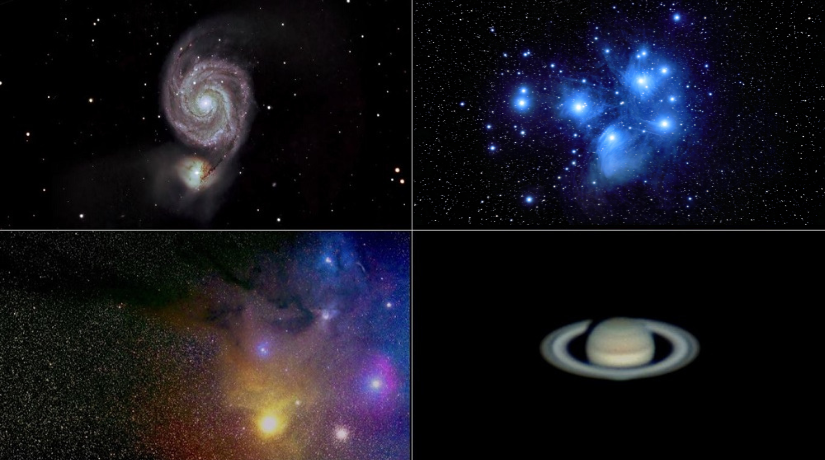
Blue represents dust reflecting light from stars, as seen in the gas surrounding the Pleiades star cluster (top right) and the upper part of the nebulae (bottom left).
Often dark bands within nebulae are dust that is blocking out the background light and colour. In the case of objects within the solar system, the colour often means different things.
For example, Saturn is a gas giant planet made up largely of hydrogen and helium. It also contains many trace elements including ammonia, hydrocarbons, water, and phosphine. It is this cocktail of elements that give Saturn its yellow colour.
Finding correct colours
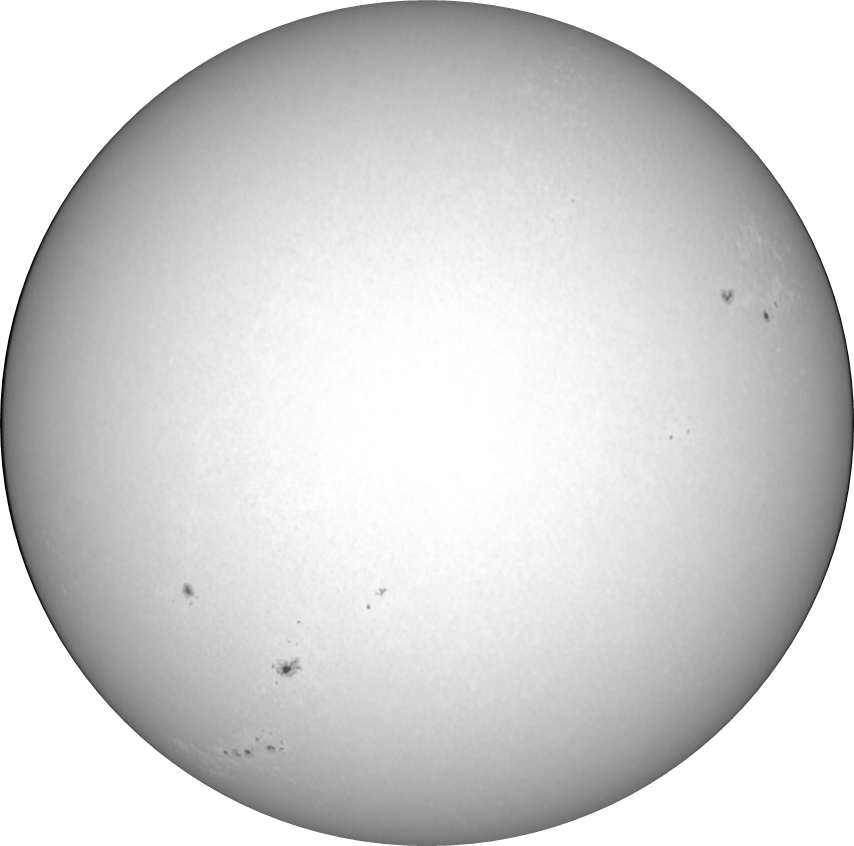
But colour and our perception of it can be deceiving.
For example, what colour is the sun? Almost everyone you might ask would tell you it is most certainly yellow.
Perhaps because our kindergarten teachers told us to use yellow crayon (especially if we were drawing on white paper), people tend to believe that the sun is yellow.
The sun is really a mixture of all colours and, to protected eyes, would appear as a vivid white.
Here’s another observation that may perplex you: when we look up at the clouds, we see what we consider to be natural colours.
The sky looks blue and the clouds look white. When we use our cameras to capture these memories, those cameras capture them with the exact same colours as that which we see.
But both those cameras and our eyes are deceiving us!
Below are two pictures taken of the sky. The one on the left looks like what we might see looking up at a partly cloudy sky on a warm August day. The one on the right, however, is the true colour of what we should be seeing!
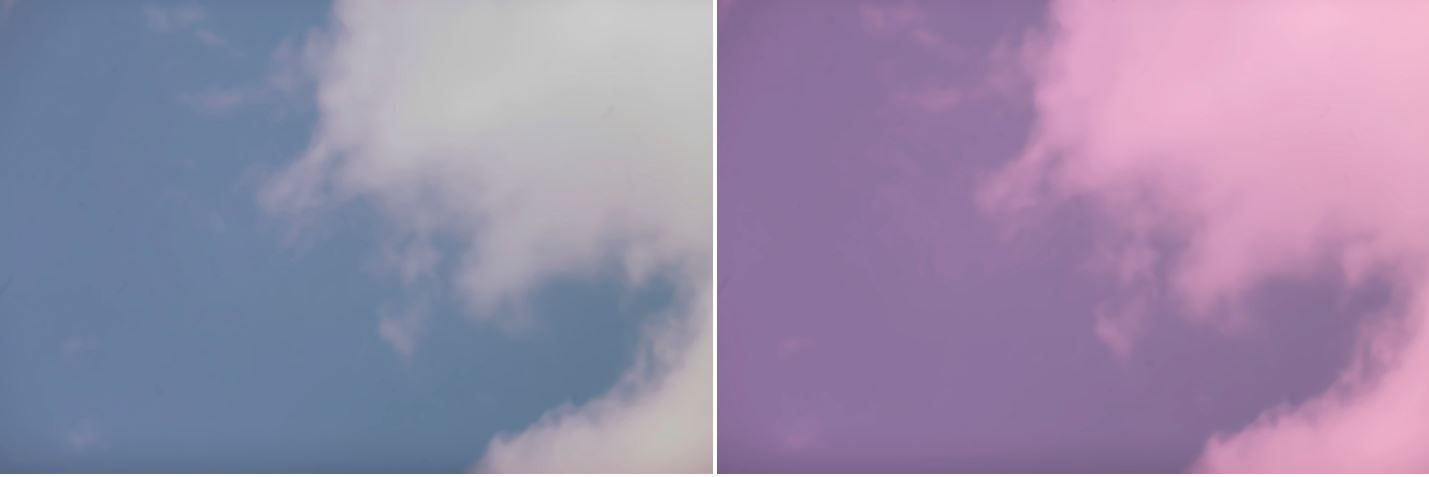
In the case of the image on right, the DSLR camera has been modified by removing a filter that all camera manufacturers install to block out a good portion of the near infrared and infrared part of the spectrum, just as our eyes block out that light.
In other words, if our eyes were sensitive to infrared light, they would show us the sky much the way it is seen in the right photo.
Seeing red
For nighttime astrophotography, these artificial camera filters actually block out a lot of the beautiful red nebulae. That’s one of the reasons why astrophotography images always show more red than our eyes could ever see.
Another reason why astrophotography images depicts far more red detail than our eyes has to do with the two types of photoreceptors in the eye, the rods and the cones.
While the cones are what we primarily use during the daytime for seeing detail and colour, it is the rods we use at night to see faint images.
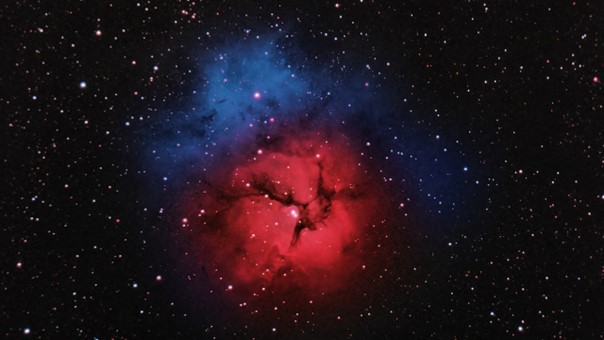
However, the rods are actually pretty poor at seeing in colour. Sure, they can help us to avoid walking into a low tree branch on the way back to our campsite from a nighttime stroll, but seeing in colour, they cannot.

Interestingly, while the rods are not great at colour in general, they are significantly worse at seeing in the red colour of the spectrum (see the graph at right where the H, M and L represent different cone receptors).
This is the primary reason why people who are trying to preserve their night vision (dark adaptation) use red lights. It avoids blinding the rods as much as a green light would.
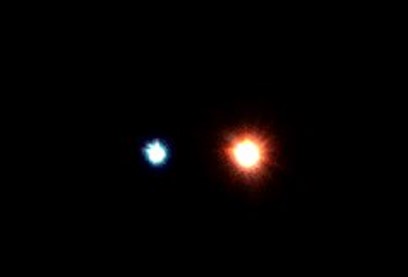
The difference in how these two types of cells react to light and colour also explains why when you look up at the brightest stars they may look blue or red, but anything fainter is only seen in white.
When we look at the brightest stars, their brightness is sufficient such that our cones can interpret the colour.
However, when we look at the fainter stars, the cones are completely blind and its only the colour-poor rods that work (interestingly, in a telescope that brightens up the stars, the colours become quite apparent)!
Capturing colour with a smartphone
In the present day, you don’t have to be an astronomer with fancy equipment to capture the beauty of the night sky.
With modern smartphones, many people are capturing beautiful moments to help augment their camping experience!
The opening star trail video was made completely with an iPhone! With some built-in software or optional apps, you can turn your smartphone into a pretty sophisticated camera.
Below are two pictures taken of the same object – a lovely lily pad.

While both pictures were taken with the same smartphone and within minutes of each other, the photographer chose completely different styles to create a very different feel for each image.
Neither one of these images is better than the other, just different.
The one on the left has what photographers call a high depth of field, meaning that the range of focus is very high with foreground and background objects being relatively in focus and evenly lit.
On the other hand, the image on the right used “Portrait Mode” (try it if you haven’t already) and uses a low depth of field, focusing primarily on only the subject and a darkening effect to darken down the background.
Capturing colour with paint and canvas
Capturing the world around us through art has been a human endeavour for tens of thousands of years, if not longer!
Cave dwellers were known to capture images of animals and their own hands to represent what they saw and, perhaps, to instill a connection to the living world.
This art has not been lost to modernization and today sketching and painting are more popular than ever. Some of the most famous “Canadiana” paintings were made in our own provincial parks!
Think of the great paintings of Algonquin Provincial Park by Tom Thomson, Lawren Harris’ iconic rendering of Lake Superior from Neys Provincial Park or the paintings of A.Y. Jackson, Franklin Carmichael or A.J. Casson, at Killarney Provincial Park.
Many of our provincial parks have artist in residence programs that will help you learn how to get out and capture the beauty you see around you.
These programs are designed for people of all ages and make for an incredible souvenir to take back home with you.
Come out to Killarney and improve your photography and painting skills!
Interested in improving your skills at capturing a beautiful landscape with paint or pixels? We have created the perfect program for you!
Join us at this year’s Stars over Killarney program, running from October 13 through October 15.
This year’s program will feature guest artist Anong Migwans Beam, who creates and distributes her own paints, to talk about her connection with the natural paints to create her masterpieces.

Next, famed astrophotography educator Nico Carver will join us to teach us all how to take exquisite images of the night skies with our smartphones. If you’re fascinated by the science of colours in the cosmos and want to learn more, Science North educator Dr. Olathe MacIntyre will take us on a journey to explore spectroscopy while learning how the atoms in the universe produce such beautiful colours!
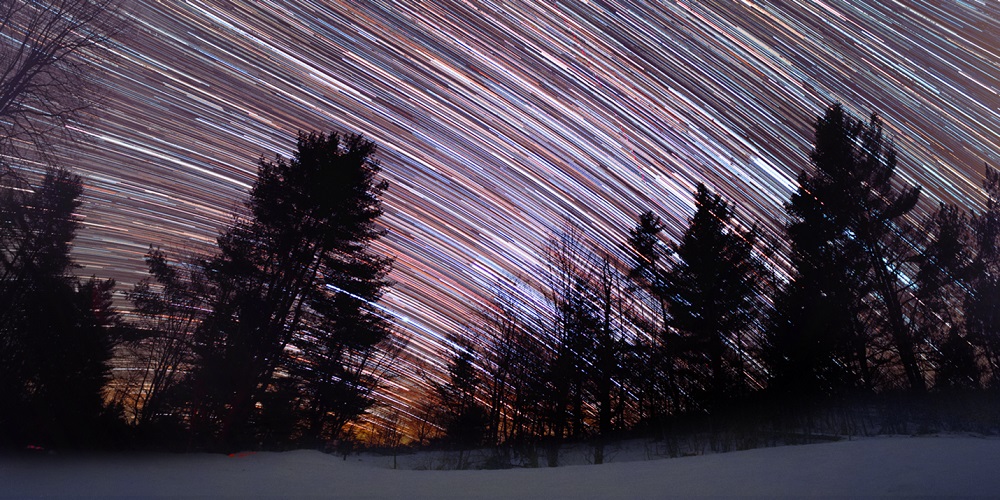
All activities taking part in Killarney Provincial Park are all free to campers, to those with vehicle permits (remember to reserve these in advance) and to those who attended Science North for that weekend.
The program activities taking place at Science North are offered to Killarney Provincial Park campers at a reduced price.
